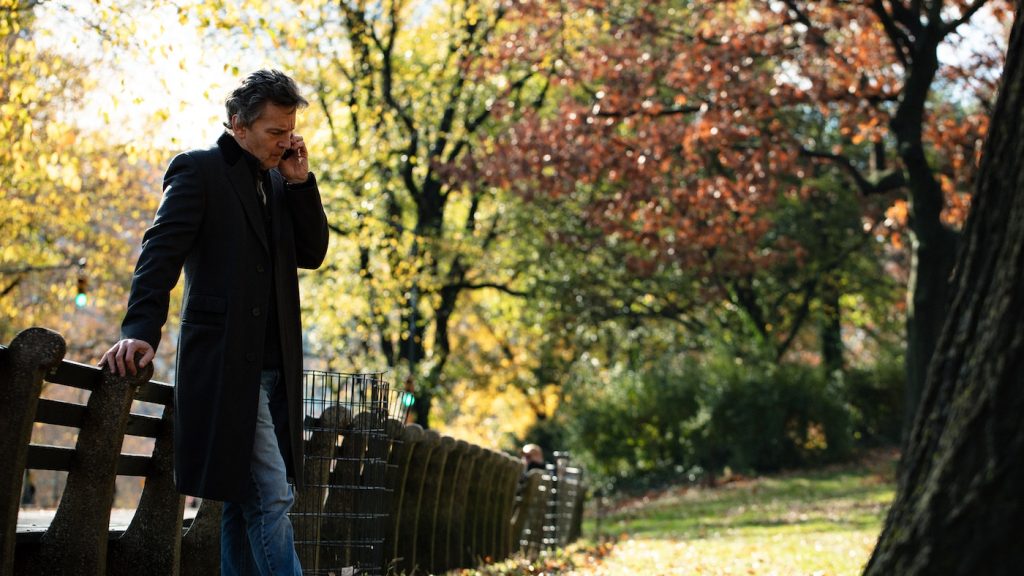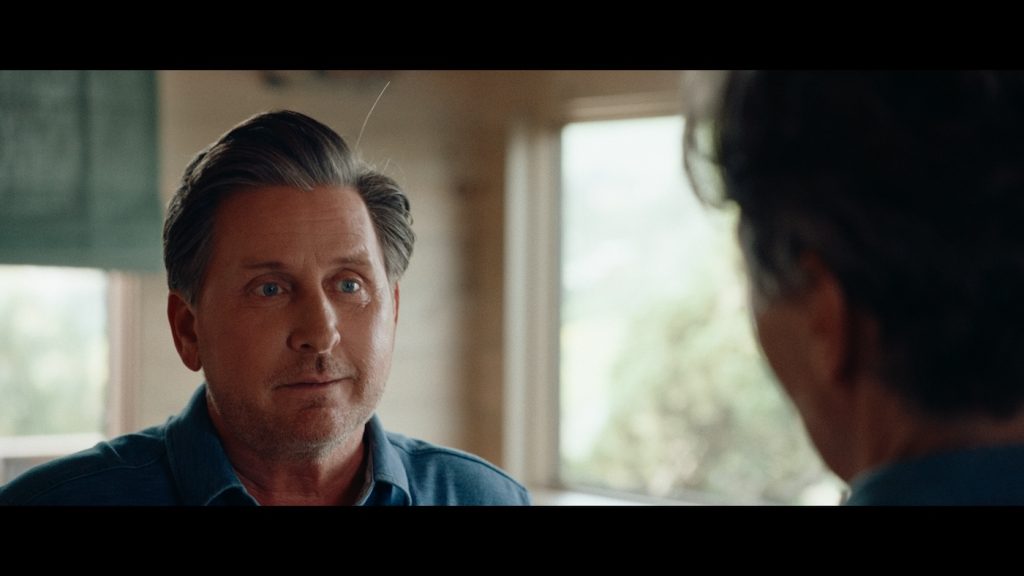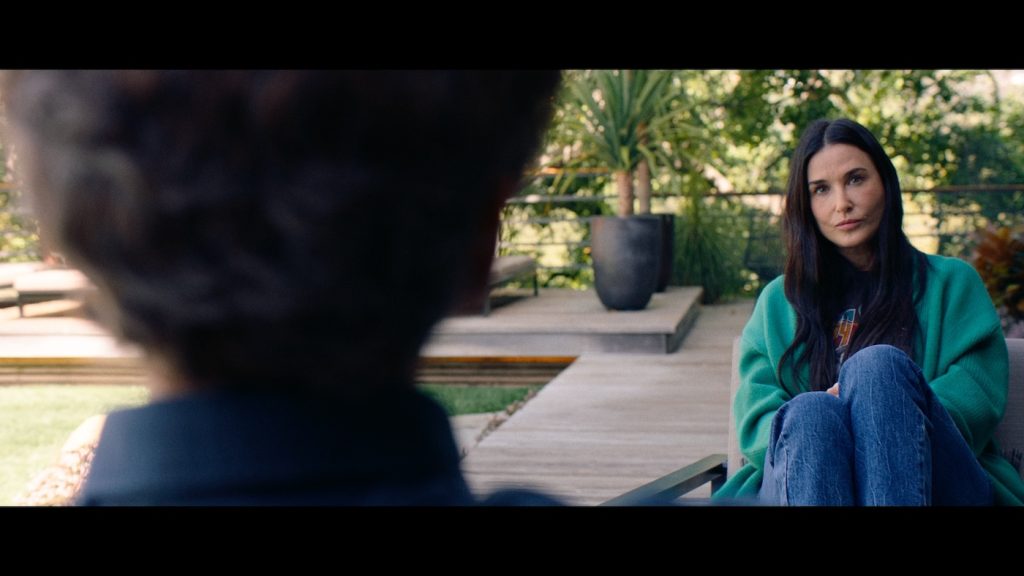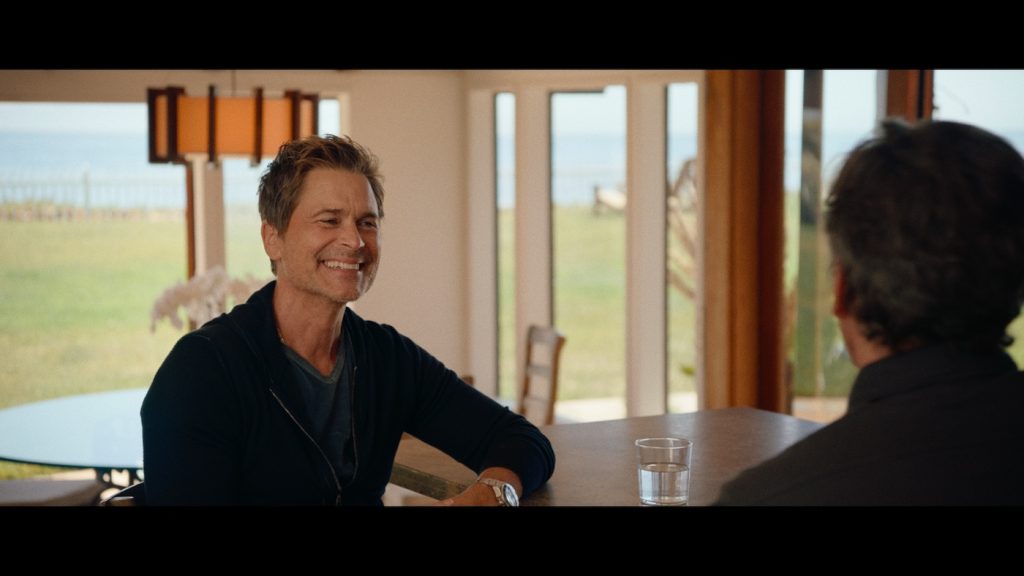“BRATS” Director Andrew McCarthy on Reuniting With the Iconic Brat Pack
It’s fair to say the youth movie genre in the 1980s was defined by the Brat Pack, the group of young actors who appeared together in such classics as Pretty in Pink, The Breakfast Club, and St. Elmo’s Fire. They are famously familiar: Emilio Estevez, Rob Lowe, Demi Moore, Molly Ringwald, Ally Sheedy, and Andrew McCarthy, among others. What is less well known is the profound impact that moniker, coined by then New York Magazine writer David Blum, had on them personally and professionally. As McCarthy, whose feature documentary, BRATS, explores the label and its ripple effect, notes, “The paradox is that we hated it and the public loved it. To them, it represented something different than it represented for us.”
In BRATS, McCarthy, now an established director and award-winning travel writer, reconnects with some of his fellow Brat Packers after several decades to discuss the aftermath of the branding. He also gleans surprising insight from many industry figures and Blum. His documentary is raw and revealing as it traces the actors’ journey from resenting the term to embracing it.
The Credits spoke with McCarthy about the idea that sparked BRATS, the logistics of meeting up with his former co-stars, and the film’s ending, which is certain to resonate with fans of the genre. Edited interview excerpts follow.
You write about the Brat Pack in your memoir, Brat: An ’80s Story. Did you always plan to follow up your book with a film?
I had no intention. It never occurred to me to make a film about it. If you read it, then you know, it’s just very subjective about my experience. What I was interested in was that I’m a result of my beliefs about what happened then, not other people’s beliefs of what happened then. The life I’ve lived is an outgrowth of the way I reacted to all that. But then, when I finished the book because it was a seismic event in all our lives and I’d never talked to any of them since, I thought it would be really interesting to see how it had affected their lives. I knew we all hated it at the beginning, and I wanted to see how that changed over time.

Did you map it out at the outset, or did it evolve as you were filming?
Well, it certainly evolved. I mean, I can’t even recall what it started as. All I knew I wanted to do was be utterly transparent the whole time with it. I just wanted it to be like a homemade movie, like you’re with me, I’m going to do this, and we’ll see what the hell happens. The shock I had from it was how much affection we all had for each other when we saw each other again. That was a big surprise to me, and so that changed the way the film eventually ended up being because you just have to follow the story.

BRATS is a road movie of sorts. How many crew members did you travel with? And when did you shoot it?
We started in March of ’22, and I filmed about 10 or 11 days over a year because you just can’t call up Rob, Demi, and Emilio and get them all in the same afternoon, as much as you would like to [laughs]. I would get a crew, but like for me and Ally, it was just me and Ally; I had my iPhone, I rented two cameras that day, and she said I can talk to you today, like OK, I can’t get a crew today but I’ll be up in an hour, and I set up everything myself. And so it was just me and her at her apartment. With other people, I had a crew. I had two cameramen and multiple cameras, and each time, we’d set the cameras up and just walk away because I wanted multiple different angles. There was also a sound man and probably a PA helping us. That was it. There were no lights, there was no makeup crew, and there was nothing like that.

I found it interesting that you see David Blum, who wrote the article. He didn’t think the label was negative or would have the ramifications that it did on all of you personally. You also speak with a lot of other industry figures, including Kate Erbland, Laura Shuler Donner, and Malcolm Gladwell. Did their positive takes change your perception in a good way? And why was it important for you to include them? To lend some balance?
Yeah, of course, you just want some reality check. You want perspective. To meet David, finally, I think that was really an interesting experience, for me and for him. He had never met any of us before. He’d been keeping up with all our careers. He knows more about what everyone’s doing than I certainly did. He knew he affected our lives in a deep way. He knew we didn’t like him. And so I tip my hat to him for agreeing to meet me.
I love the ending, by the way!
[Laughs] Well, I mean, it’s such an iconic Brat Pack moment with Judd pumping his fist, you know, stick it to the man. It’s so great. How else could it have ended? It wasn’t my idea. My editor [Tony Kent] did it, and when Tony put the song on there, I’m like, OK, done, we’re done here.
I believe Rob Lowe remarked that the youth movie genre made shows like Glee and Friends possible. Do you agree?
When Rob said that, I was like, really, dude, that’s a bit self-congratulatory. But what I didn’t understand before I started doing the documentary was that movies were not aimed at kids until the ’80s. They were aimed at adults, and then Hollywood realized that with the few youth movies they’d made, kids were going six or seven times to see them. So almost overnight, there was this seismic change in Hollywood about who was in movies, and we were the beneficiaries of that. And then David Blum comes along and just throws this really zingy tag on it and categorizes us. And so it was putting a label on this cultural shift that was happening. So, I don’t think it’s that far off. What is Friends but St. Elmo’s Fire, except in New York and not Washington? We were certainly at the forefront of that.

What do you want the audience to take away?
Well, I think naturally, for most people, it will come down to nostalgia, but then I hope they walk away with something very different. You go, yeah, I had my walk down memory lane, but actually, I’ve got an interesting perspective on things now and maybe how that reflects on their own lives. I’m fascinated by how we look at things one way and know it to be the case, and then, in time, we look at it from 180 degrees the other way and know that to be the truth. I hope they come away with, huh, there’s a bigger thing involved here than just cool music and funny hairdos.
BRATS premieres on Hulu on June 13.
Featured image: (L-R) Actors Rob Lowe and Andrew McCarthy.


